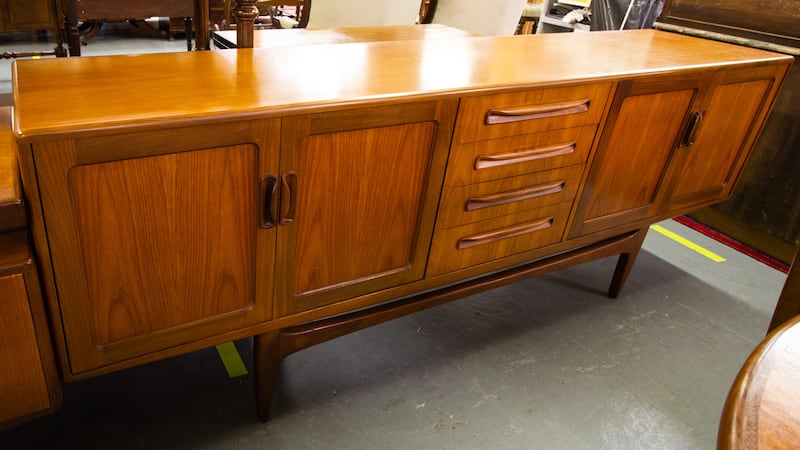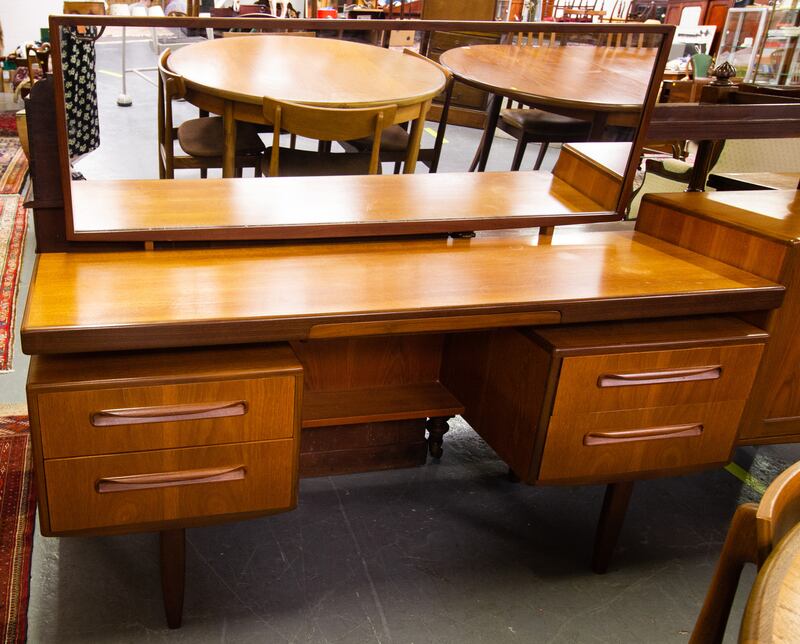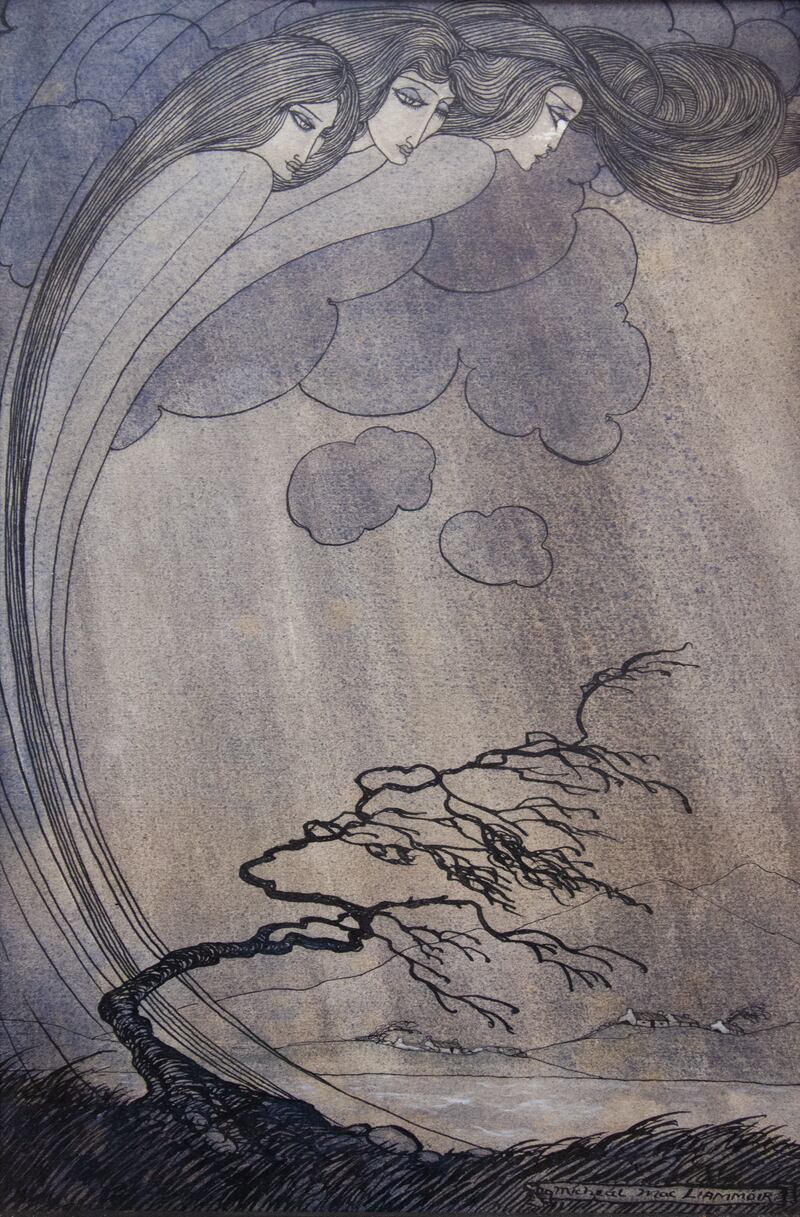Design lovers in search of high-quality, modernist furniture with a distinctively British touch will likely be interested in an upcoming sale of pieces of G Plan furniture, with auction prices starting at just €100.
A staple of British furniture design, the pieces of G Plan furniture will be offered at R.J Keighery’s sale on August 22nd.
G Plan, which takes its name from its Dickensian-sounding founder Ebenezer Gomme, began in 1898 and by 1922 the company had 300 employees.
It was the years between 1952 and 1958, however, which were most significant for the company as during that time profits increased six-fold and it was floated as a public company.
Derek Scally: Efforts to expel two Irish citizens symptom of a growing exhaustion in Germany
Willa White: ‘Drugs removed all the stuff a seven-year-old kid should not have in their life’
Thatchers, blacksmiths and stone masons: ‘These crafts have been in Ireland for thousands of years’
Breda O'Brien: How is a school with €8,000 supposed to pay €10,000 worth of bills?
Its success came out of the post-war period. During this time the British government established a scheme known as Utility, which was a response to the shortage of raw materials and high demand for new homeware due to the number of bombed-out houses.
It ran from 1943 until 1952 and was designed to reduce the capital outlay of producing furniture, so resulted in utilitarian pieces using wood veneer.
After the scheme ended, Gomme’s grandson Donald Gomme pioneered a new range of furniture, which in turn grew to become one of Britain’s most iconic brands.
Designed as individual pieces, the mid-century designs were sold over a long timeframe, so it meant that people could purchase items in their own time as budget allowed.
With the advent of competition from Scandinavian design in the 1960s, Gomme had the foresight to enter into a collaboration with Ib Kofod Larsen, a budding Danish architect. The design of these particular pieces – where focus was on the natural beauty of the wood itself – was sleeker than earlier models, and they soon became Britain’s favourite brand of furniture.
G Plan was prolific in its production and pieces regularly feature on the second-hand market. It continues to be some of the most popular British mid-century furniture due to its quality – mostly made from teak – its affordability and practical utility.


Pieces in the sale include two dining tables, both extending, at €400-€600 and €300-€500; a fine four door sideboard (€200-€300); and a dressing table – with its signature floating top and lipped handles (€200-€300). Along with G Plan wardrobes, which range from €150 to €350, is a headboard with attached bedside tables at €100-€200.
RJ Keighery’s sale will also include contents from The Old Rectory in Enniscorthy, and other estates, and the auction has in excess of 600 lots.
Like all country sales, there is a most interesting selection on offer, with highlights of the sale including a classic sapphire and diamond ring listed at €9,000-€12,000, with a centre 3.74ct sapphire surrounded by 1.26cts of diamonds.
The sale also has a good selection of watches including models by Cartier, Longines, Omega and Tag Heuer.
Curiosities include a pen and ink drawing: Three Winds of Ireland (€3,000-€5,000) by Micheál Mac Liammóir. While best remembered as an actor, dramatist and impresario, he originally studied painting at the Slade in London.

Fascinated with the decadence of Art Nouveau, together with his partner Hilton Edwards, they founded the Gate Theatre in Dublin, and became one of the most recognisable figures in the arts in 20th century Ireland. antiquesireland.ie
Whiskey sale
Meanwhile in Galway, Dolan’s summer online auction of Irish paintings, Irish whiskeys and antiques and collectibles comes to an end on August 15th.
The auction, which comprises 275 lots, includes 38 rare whiskeys, including Midleton and Redbreast, as well as art work from a number of well-known artists. These include Arthur Maderson, John Brobbel, Markey Robinson (unusually it’s a bronze sculpture), Arthur Armstrong, and Susan Cronin.















